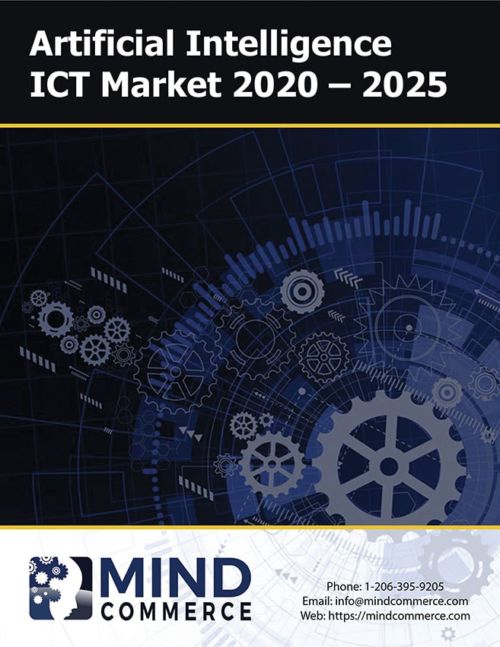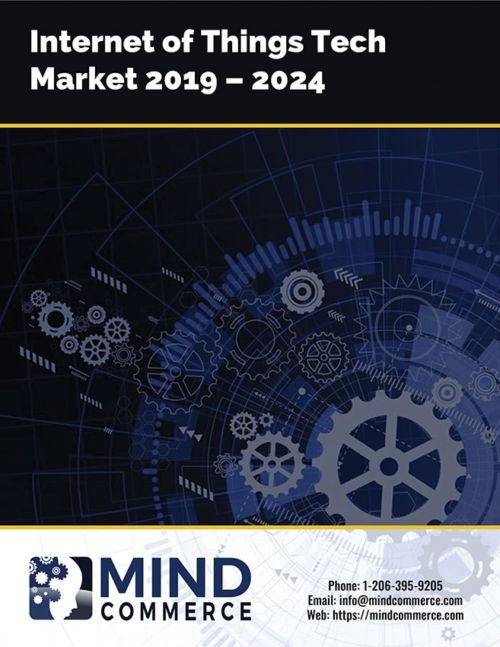Description
The autonomous vehicle market is poised to invoke a revolution in the automobile industry including public transportation systems, car rental and sharing systems, vehicle leasing and ownership, industrial transportation, and automotive insurance practices and systems. The degree of autonomy in vehicles is measured levels from zero (fully human operated) to five (fully automated system) with evolution from levels 1 through 4 consisting of an autopilot system combined with some level of human control or intervention capability. Autonomous vehicles are anticipated to become the foundation of transportation as a service globally.
Autonomous Vehicle Market Dynamics
Market leading autonomous vehicle use cases will be found primarily within the business realm with an emphasis on shipping and commercial fleets. Autonomous transports is a fast-growing segment for the autonomous vehicle market. By way of example, Kroger has implemented unmanned autonomous vehicles to deliver groceries in Scottsdale, Arizona. Commercial operation of self-driving cabs (also referred to as “robo taxis”) is the goal of leading companies in the autonomous vehicle market sub-market for human transport such as Uber and Lyft as self-driving vehicles will significantly reduce the cost per mile for personnel transport.
In another example, autonomous transport company, Starship Technologies, has raised $17M to expand its operations involving food delivery on college campuses. With 1,000 autonomous vehicle robots in its fleet, the company plans to continue to expand. The company has grown by 5X since the inception of the COVID-19 pandemic, a reflection of the combined food delivery and automation trends. Leading automated delivery market use cases are within those segments such as a campus environment in which there is a relatively controlled environment with little or no extraneous vehicle traffic.
The self-driving vehicle market evolution within the fleet sub-market will occur in three phases:
- Human-controlled Fleets: Some robotic automation including logistics (delivery confirmation, fleet tracking, etc.)
- Machine/Human-controlled Fleets: Partially controlled robotically via AI, but with human intervention, especially at critical points
- Completely Autonomous Fleets: Vehicles that leverage various technologies including sensors, AI, cognitive computing, geo-fencing, GIS/mapping, and more.
In terms of general consumer autonomous vehicle market adoption, Mind Commerce anticipates that end-users will not fully embrace self-driving vehicles until the 2027 time-frame. This is the estimated amount of time we predict until consumers as a whole begin to place greater trust in unmanned systems as a whole and autonomous vehicles in particular. A recent poll in the United States found that only 12% of Americans fully trust self-driving technologies.
In addition to overcoming public trust factors relative to safety, the autonomous vehicle market is also focused on the major consumer upsides to self-driving vehicles, which include less expensive transport, opportunities for ride sharing and fractional ownership, and ultimately reduced outright leasing and ownership of cars, vans, and trucks. This is anticipated to have a major impact on OEMs and traditional automakers, despite the fact that market leading automobile manufacturers are aggressively pursuing autonomous vehicle product offerings.
Paradoxically, automotive vendors are also continuously upgrading their fleets to offer more connected vehicles, which provide drivers with a substantially more safe, enjoyable, and informative driving experience. However, autonomous vehicles are also connected via IoT technologies and various broadband and narrow-band wireless solutions. In the near future, Mind Commerce anticipates that automobile vendors will offer extended versions of connected vehicle apps to human occupants within the autonomous vehicle market that capitalize upon hands-free operation and even fully immersive experiences for longer trips.
The automotive ecosystem is also faced with disruption from electric vehicles (EV), which has transformed supply chain economics at the vehicle component level as well as consumer value perception and life-cycle management. Improvements in battery cost/performance and reduction in cost of power-train components for EV will lead to lower overall purchase cost that is more comparable with traditional internal combustion engine (ICE) vehicles.
The autonomous vehicle market will be highly disruptive to the utilities industry as all new vehicle production is anticipated to be electric within ten years. This will drive the need for an enormous amount of new electricity demand. Many proponents believe that preponderance of power will be derived by solar, which by some estimates, could fulfill the entire electricity requirements of the United States via an array measuring 100 miles by 100 miles. The battery requirement for such as system would be 1 mile squared. For this and many other reasons, there is a strong tie between the green energy industry and self-driving vehicles.
The autonomous vehicle ecosystem will also be highly disruptive with respect to the consumer segment regarding the traditional production and sales cycle. This will be due largely to the vast amount of data produced by self-driving cars, vans, and trucks. The use of AI and big data analytics will allow both real-time decision making as well as post event analytics. Information gathered will be used for fine-tuning vehicle operations as well as mass customization within the automotive industry. This will serve to hasten dramatic transformation with the automobile industry regarding fractional ownership, ride sharing, and the vehicle “as a service” economy.
Autonomous Vehicle Market Report
This report assesses the autonomous vehicle market, including leading vendors, strategies, product and service offerings. The report evaluates autonomous vehicles by autonomy level (Semi-autonomous [Level 1 to 4] and Fully Autonomous [Level 5], power-train type (ICE, EV, and hybrid), components, and supporting technologies including 5G, AI, edge computing, IoT, data analytics, and smart building integration.
The report provides global and regional forecasts for the autonomous vehicle market including hardware, software, and services along with emerging technologies from 2022 to 2027. The report covers major consumer and commercial categories including personal vehicles, shared vehicles (ride sharing and shared vehicles/partial ownership.
Click Here for more Mind Commerce Automation & Robotics Reports






